1. Outdoor Pizza Ovens
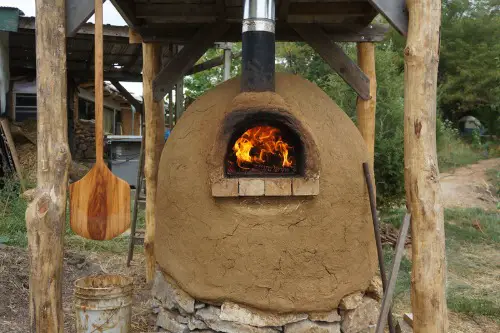
Outdoor pizza ovens are a culinary fantasy for many homeowners, but they usually get used once or twice a year—if that. Between preheating (which can take 30–60 minutes) and managing dough, it’s a lot more work than people expect. Unless you’re a hobbyist or have experience, your pizzas might not turn out great either. That’s a lot of hassle when delivery exists.
Not to mention, they often require special wood or fuel and need to be kept clean. Rain, dust, and critters can make maintaining them annoying. They also tend to become “outdoor clutter” when not in use. So unless you’re throwing pizza parties weekly, it’s not earning its footprint.
2. Fire Pits That Never Get Lit
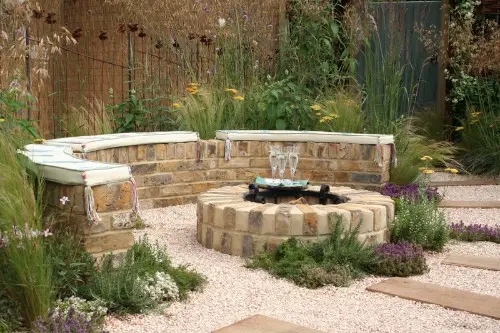
Fire pits look fantastic in backyard photos, but in reality, they often sit unused. Many hosts overestimate how chilly it’ll get or underestimate how much work it is to light and maintain them. Plus, smoke can become annoying quickly—especially if your guests are dressed up. Once the novelty wears off, most fire pits turn into glorified yard art.
People also forget that in warmer climates, the need for a fire pit just doesn’t come up. And in colder climates, everyone’s inside before the flame even starts. Fire pits also take up a lot of space that could otherwise be used for seating or food setups. In short, they’re beautiful but rarely practical for actual entertaining.
3. Elaborate Outdoor Lighting Systems
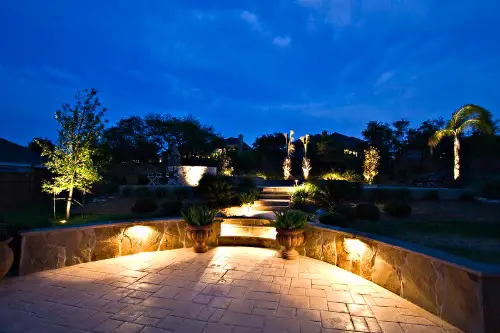
String lights are charming, but many homeowners go all out with permanent lighting systems they never actually use. Timers break, bulbs burn out, and when it’s light until 9 p.m. in summer, there’s barely a need. Some even hire professionals to install landscape lighting that’s rarely appreciated. At most gatherings, the sun is still up—or everyone’s moved inside.
These systems can also attract bugs, especially in humid regions. And if you have kids or pets, cords and fixtures can get damaged. Motion sensors can become a nuisance, turning on with every passing raccoon. Ultimately, simple solar path lights often do the job better.
4. Portable Outdoor Bars
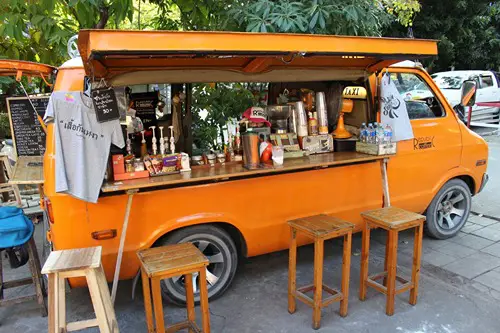
Rolling bar carts or built-in wet bars seem like a hosting dream, but they’re often left untouched. Most guests bring their own drinks or just want a simple beer or glass of wine. Mixing cocktails outdoors involves lugging out tons of supplies and cleaning it all up after. It’s far easier to keep drinks inside or use a basic cooler.
The weather also plays a role—liquor bottles and mixers don’t do well in the heat. And ice melts fast, making it tough to keep things cold for long. What starts as a classy station quickly becomes a sticky, bug-attracting mess. So unless you’re a pro bartender, it’s usually not worth the fuss.
5. Fancy Outdoor Dining Sets
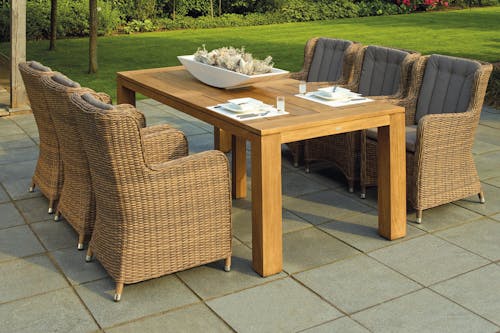
Those huge 8- or 10-seat outdoor tables look amazing in catalogs, but they rarely get filled. Most casual hangouts revolve around lounging, not sit-down meals. And if you’re serving buffet-style or grilling, people tend to eat in shifts or stand around chatting. The outdoor dining table ends up being a surface for mosquito repellent and paper towels.
Weather is another issue—wind, rain, and pollen can make keeping these clean a daily chore. Cushions get moldy or sun-faded, and umbrella poles bend in strong gusts. Many people end up using only a corner of the table anyway. It becomes more of a statement piece than a functional one.
6. Built-in Outdoor Speakers

Having music outside is nice, but built-in speaker systems often go unused or break down. People forget they’re there, or they default to a Bluetooth speaker that’s quicker and easier. Also, syncing issues and outdoor sound quality can be underwhelming. If it’s too loud, neighbors complain; too soft, and you can’t hear it.
Installation can be expensive and invasive, especially if wiring is involved. Plus, changes in technology make them outdated quickly. They also compete with natural sounds—like birds, wind, or a crackling fire—that people often prefer anyway. In the end, portability wins over permanence.
7. Tiki Torches
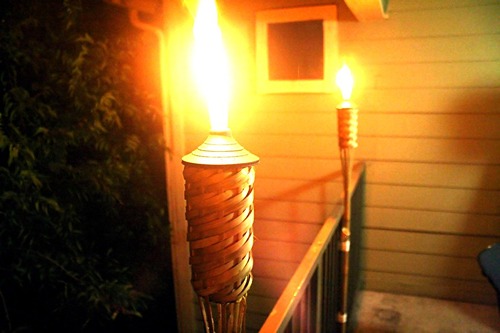
Tiki torches scream “fun tropical vibe,” but they’re more hassle than help. The fuel smells bad, they’re a fire risk, and they usually don’t keep mosquitoes away as promised. Plus, windy evenings can blow them out or spread the flames. Most guests avoid standing near them out of caution.
Refilling and storing the fuel is another annoyance. And they’re prone to rust or tipping over, especially in soft ground. You’ll also find that most guests don’t love open flames near kids or pets. They look good in photos, but in real life, they’re mostly ignored or avoided.
8. Outdoor Projectors
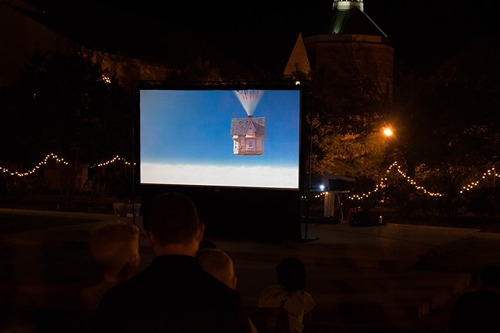
Movie night under the stars sounds magical until you try to pull it off. It needs to be dark enough, which often means starting late. Bugs swarm the screen, sound gets lost in the open air, and a gust of wind can knock over your setup. Not to mention, it’s hard to get a good picture unless you’re on a perfectly flat surface.
Streaming issues and Wi-Fi dead zones can also ruin the experience. And if it’s even slightly chilly, guests start to bail halfway through. Cables, tripods, and speakers create a messy sprawl that takes forever to clean up. More often than not, the projector gathers dust in storage.
9. Built-in Grills That Are Too Big
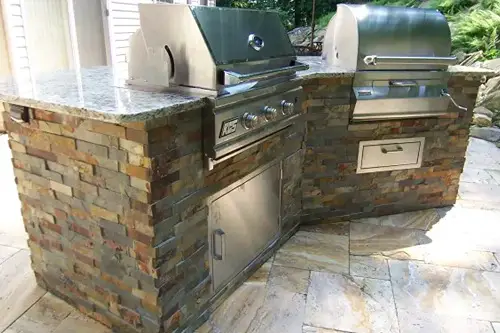
Outdoor kitchens with massive grills look impressive but often get used like a regular grill—sparingly. Unless you’re cooking for a crowd regularly, the extra burners and built-in features are overkill. Cleaning these setups is more work, and repairs are pricey. Plus, if the design isn’t well ventilated, smoke can drift right into the seating area.
Built-in grills also lock you into one spot, which limits flexibility. Portable grills, on the other hand, let you cook wherever’s most convenient. Many homeowners admit they only use the main burner and ignore the side stations. It’s an aspirational purchase that doesn’t always match actual hosting habits.
10. Decorative Throw Pillows
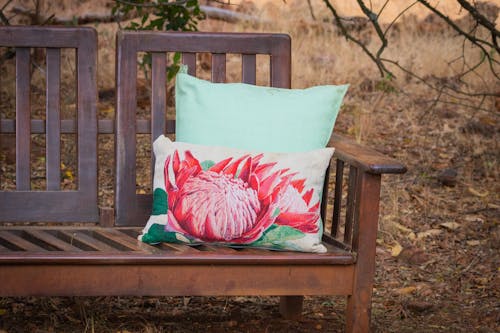
Those colorful outdoor pillows are tempting, but they’re high-maintenance and rarely get used. They fade fast in the sun, soak up rain like sponges, and need to be hauled in and out constantly. Most guests don’t lean on them—they just move them to sit down. And after a season or two, they’re usually flat and grimy.
Even mildew-resistant options can start to smell if left out. Plus, they attract bugs and dust in ways you don’t notice until it’s too late. Homeowners often start out with a dozen and end up using none. It’s one of those “looks good on Instagram, not in real life” situations.
11. Hammocks
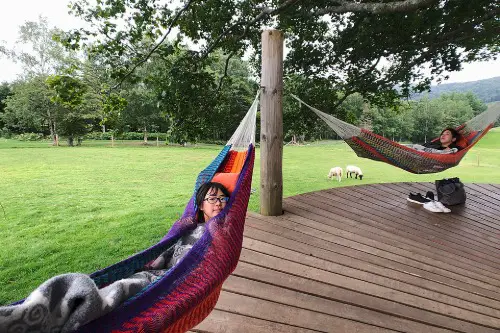
Hammocks are peaceful in theory, but in practice, they’re usually empty. It’s awkward for most people to climb in and out of them, especially at a party. And only one person can use it at a time, which makes it more of a personal escape than a social feature. If the weather isn’t perfect, they sag, blow around, or get soaked.
They also become bug hotels if left out for too long. Tying and untying them can get tedious, especially if they’re not on a stand. Many owners admit they just forget about them entirely. They look inviting but aren’t built for group settings.
12. Outdoor Rugs
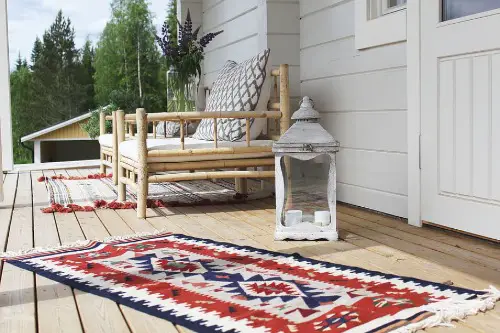
Outdoor rugs help tie a space together, but they come with more problems than people expect. Rain can make them soggy and smelly, and they take forever to dry. They trap dirt, leaves, and pollen, which means constant vacuuming or shaking out. After one season, they usually look dingy.
In high-traffic areas, they wear down or shift around, creating trip hazards. If you’ve got pets, the rugs become hair and mud magnets. Mold-resistant materials only go so far when humidity is high. They’re meant for comfort, but maintenance becomes the dominant experience.
13. Outdoor Games That Take Up Space
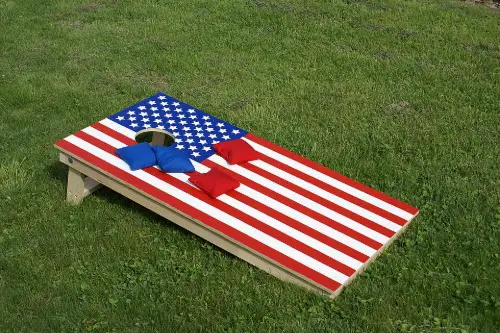
Cornhole, giant Jenga, and other lawn games often get bought with good intentions and used only once or twice. They take up a lot of room and can be a pain to set up and store. If kids are around, the pieces get scattered—or worse, turned into weapons. And adults often prefer to stand around chatting rather than playing games.
They’re also weather-sensitive: wooden blocks warp, bean bags mold, and plastic pieces fade. After a few seasons, they become more of a storage problem than a source of fun. Most hosts find themselves dragging them out, hoping someone uses them. Spoiler: they usually don’t.
This post 13 “Outdoor Entertaining” Touches That Almost Never Get Used was first published on Greenhouse Black.
